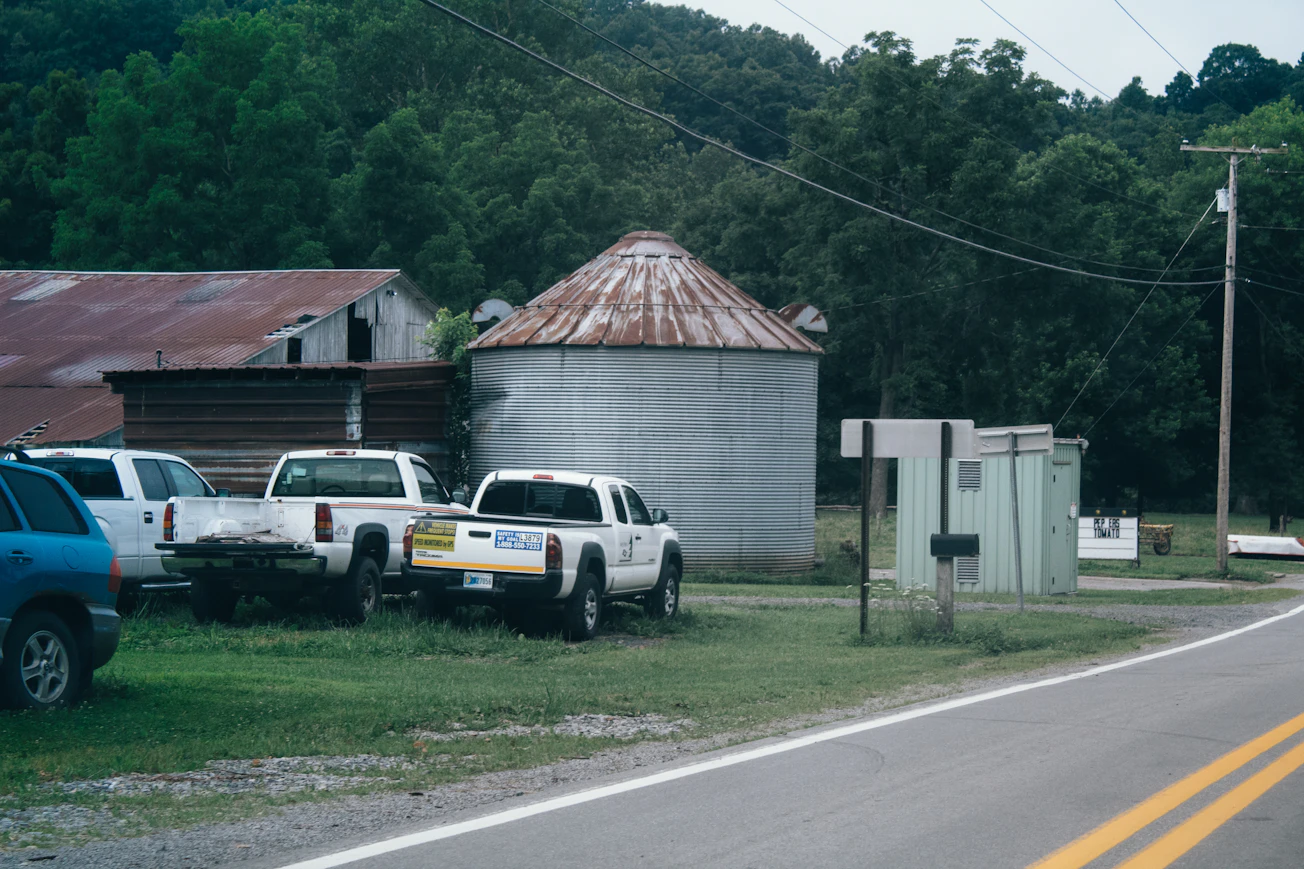A new report from Invest Appalachia, a self-described social investment fund, looks at ways to bring economic development to Central Appalachia as climate change increasingly determines where Americans live.
The report released in May analyzed emerging climate data from Appalachia. According to its findings, Central Appalachian states like Kentucky and North Carolina will likely see a population increase due to climate change-related migration. Mild temperatures, high elevation, and abundant rainfall make the region well-suited geographically to accommodate this population influx.
“Some of the data we included in the report shows that the region actually compares really favorably to the Great Lakes region, parts of New England in terms of actual anticipated weather impacts and status as a climate haven,” Andrew Crosson, CEO of Invest Appalachia and co-author of the report, said in a phone interview. Crosson co-wrote the report with Invest Appalachia’s director of community impact Baylen Campbell and the North Carolina Institute for Climate Studies’ outreach and engagement specialist Nicholas Shanahan.
The report included a map that identified counties with “climate receiving” geographies based on a set of nine different climate risk factors. As more people are expected to leave states like California and Texas in the coming years, the map projected the Great Lakes and Appalachia as likely “climate receiver” regions (marked in blue).

Most of the available climate receiving data that Invest Appalachia’s researchers reviewed has focused on states like Michigan and Wisconsin. These states possess robust urban infrastructure in addition to geographic advantages similar to those of Appalachia. Like these states, Appalachia’s population has grown in response to both the pandemic and climate change, the report found. But little climate research has focused on the region, especially rural parts of the region, up until now.
“We basically call for more study of that topic, both of understanding the factors that will be driving climate migration into the Appalachian region, but also situating Appalachia within the national dialogue as a region that is going to be critical along with some other rural parts of the country. It’s gonna be critical to national-scale climate resilience as a population-absorbing region.”
There are still significant challenges to climate change adaptation in rural Appalachia, according to the report. Available climate data for the region has focused on historical records and has not been adequately updated to reflect emerging climate patterns. Though its geography provides better overall protection against climate catastrophes, Central Appalachia is still seeing increased temperatures and flooding due to climate change. A record-breaking flood in July 2022 in East Kentucky, for example, killed 45 people and displaced thousands more. The region is also still recovering from the effects of the fossil fuel-based economy.
“Landscapes have been altered by extractive industries in ways that it has now been proven exacerbates flooding,” Crosson said. “Surface mining, strip mining, lack of proper remediation/reclamation work means that there’s less absorptive capacity, that streams are disrupted from their normal flows. All of that exacerbated the effects of the massive rainfall events in eastern Kentucky that led to the [recent] flooding.”
The report also found that not all Central Appalachian communities can handle the potential population increase equally. The influx of higher-income inhabitants from other states could lead to rising rent and housing prices as demand outstrips supply. Marginalized people in rural areas may face the risk of homelessness or may be forced to move to areas with fewer protections from climate change as a result of gentrification, according to the report.
“Once you have compounding climate impacts, and then you have climate migration on top of that, the people who are going to suffer the most…are the same as the people who are going to suffer from climate-driven rural gentrification,” Crosson said.
While the report called for further research of the region to develop strategies for climate adaptation, it proposed measures that can be taken now toward this goal. Rural Appalachia has faced a long-term lack of government and private sector investment in basic infrastructure and community services which leaves little funding for climate adaptive measures. Reversing that underinvestment is a critical first step in building lasting climate resilience, the report found.
“When you have a chronically disinvested region, the perception of risk — the perception of not being investible — is something that has to be overcome,” Crosson said. “We’re trying to…show outside funders and investors in particular that this is the region of innovation. A region where people have a vision and they need the resources to execute on that vision.”
--30--
Written by Janie Ekere and Nadia Ramlangan. Cross-posted from the Daily Yonder.







